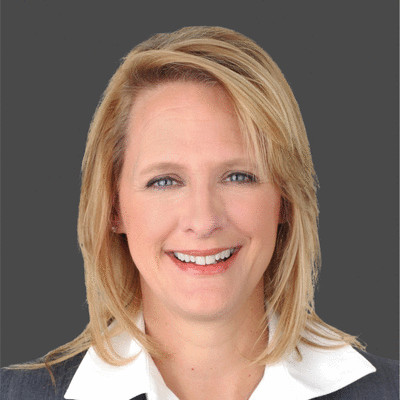Virtual Optimism: Keep Remote Patient Monitoring and Telemedicine in Your Post-Pandemic Care Delivery Mix

Over the past year, the relentless COVID-19 pandemic forced a major shift in the way healthcare is managed and delivered. While we’ve seen tremendous achievements of science and medicine in the way of accelerated vaccine development, the care delivery side of healthcare is still bogged down with siloed technology and systems that lack interoperability and fail to streamline case management.
Prior to COVID-19, telemedicine and virtual care tools had been in the background of some care models, however, challenges with reimbursement and patient adoption prevented widespread use. As the pandemic took hold in the United States last spring, demand for medical care started to skyrocket, but in-person visits became difficult—if not impossible—due to exposure risks, limited clinical staff, shutdowns and travel restrictions. As emergency-use legislation passed to address reimbursement issues and patients had little choice but to adopt alternative options, telemedicine and virtual care emerged as a primary way to deliver and receive essential care.
Now, even as restrictions lift and in-person visits become viable again, the use of virtual care delivery tools — particularly telemedicine and remote patient monitoring (RPM)—is here to stay. Telehealth options have proven invaluable for reducing the need for in-person visits, expanding care delivery to avoid delayed interventions, and minimizing patient and staff exposure to infections. Healthcare organizations need to think strategically about how to keep these tools at the forefront of care delivery models, as well as harness the associated data across care teams.
There are a few considerations, however, with regard to RPM, and changes we may see when the public health emergency (PHE) designation goes away. Specifically, will RPM continue to be reimbursed for acute conditions? What will RPM eligibility look like for new versus established patients? And will (if at all) RPM be extended to support behavioral health care pathways?
RPM for acute conditions is tricky. Initially, the primary goal of this provision was to manage COVID-19 patients at home, both to prevent transmission of the virus as well as to monitor mild to moderately affected patients. It also provided welcomed relief from mass admissions to hospital inpatient settings. However, physicians may have liability concerns around the virtual management of acute issues and will be hesitant to recommend this in the absence of clear CMS guidelines.
During the PHE, CMS waived the restriction that RPM could only be initiated with established patients, allowing reimbursement for new patients as well. However, CMS has stated that when the PHE ends, the requirement will be put back in place. Providers will have to ensure an initial, in-person E/M visit within the last 12 months before initiating RPM.
Behavioral health is certainly at the forefront of healthcare currently, and RPM as a tool in associated care pathways is appealing. There are currently no specific codes for reimbursement, but through the required interactive engagement that comes with RPM, patients can be assessed and monitored for behavioral health disorders. Because these patient populations are very high touch and require complex support, RPM may need to be indicated only for specific conditions, diagnoses or age groups to limit risk and evaluate effectiveness.
With the increased demand for telehealth options, innovation has created an abundance of point solutions from which organizations can choose. In addition to thinking about how to incorporate RPM and telehealth tools into future care models, organizations must ensure that they aren’t just patching gaps short-term with siloed systems that don’t integrate with EMRs or provide clinical transparency across care teams.
The best strategy is to invest in a single, scalable platform that not only includes telehealth and RPM, but also allows for assessment, education and monitoring for continuous patient care and engagement across multiple ambulatory care specialties, care settings and patient populations. One that captures and surfaces health data throughout the entire care journey so that clinical teams can seamlessly manage transitions of care, identify care gaps and maintain both value-based and managed care populations simultaneously. Leveraging a single platform also improves clinician and patient adoption with fewer portals to visit or apps to download. When everyone is working in the same digital ecosystem, patient engagement goes up and clinician frustration goes down.
Implementing and embracing a fully connected digital care ecosystem across service lines and specialties empowers healthcare organizations to deliver the best possible patient experience while reducing administrative burden and communication barriers for care teams. Organizations that excel at capturing, centralizing and harnessing multiple streams of patient data will undoubtedly improve care plan adherence and patient outcomes while reducing readmissions and costs.